For the production of prototypes and products with 3D technology, a computer drawing is necessary. With the help of so-called CAD tools, which make possible a computer drawing, we can quickly and simply find our way to our desired product.
3D modelling or 3D constructing is the creation of products in a virtual environment, having three dimensions – height, width and depth. The result is a digital drawing of the product, and can also be the structure, which we can then analyse and improve upon with incredible accuracy. The starting point is a 2D drawing, which is the basis for a 3D computer outline. Without a digital outline the production of the desired product would be slower, and above all, more expensive. In the case that we have a 3D outline, corrections are possible on the construction or the model.
3D modelling saves time and money
3D modelling allows for testing different ways of producing the same product. A good constructor, who also knows the philosophy of tooling alongside constructing, can reduce the time of production, optimise the product and consequentially, also the production of the tooling, as well as speed up the implementation of the product onto the market.
The saying ‘TIME IS MONEY’ is said for a reason. Because we speed up the production and already in the early phase also the optimisation of the modelling or constructing, we significantly reduce costs.
All information about the product is otherwise already contained within the 3D computer outline, and while we are able to optimise and adjust the data as we go, above all – what can be seen on the screen – we can also print in the first phase. The most optimal data file for 3D printing or the production of a 3D print are .STP (step file) or .STL. This is also the foundation for providing the client with an offer, or for determining price. Without this data, we can only estimate the production of the 3D print or the printed model. For a more exact offer, the two file types are sufficient.
Not just plans, but also instructions on painting, welding, assembly and much more.
When we make 3D models it is possible, alongside the computer drawing, to also produce component and working procedures which represent a continued basis for the production process. In addition to the above mentioned drawings, plans for welding and painting or instructions for the assembly, use, packaging and the like can also be made.
In designing the product or prototype and using a 3D printer, it is necessary to export the 3D data to the 3D printer, which, in accordance with the data, prints the product very precisely. If the product is made up of more than one part, it is necessary to prepare a data file for every single part. The entire process, from the concept to the 3D printer takes place in the same computer environment, which for the company means saving time and lower production costs.

